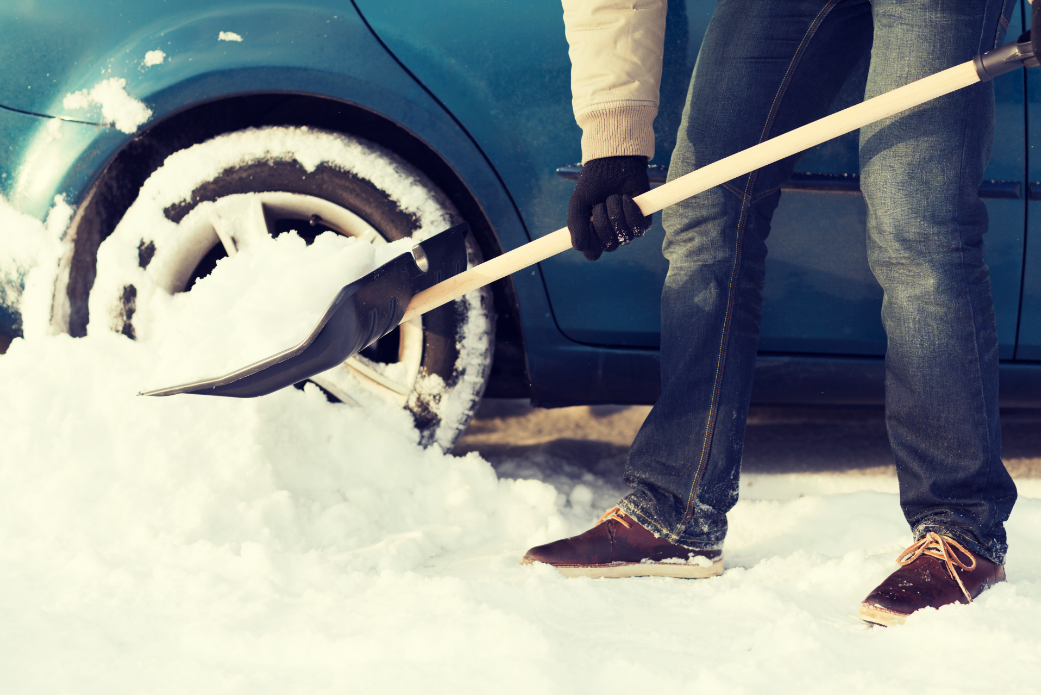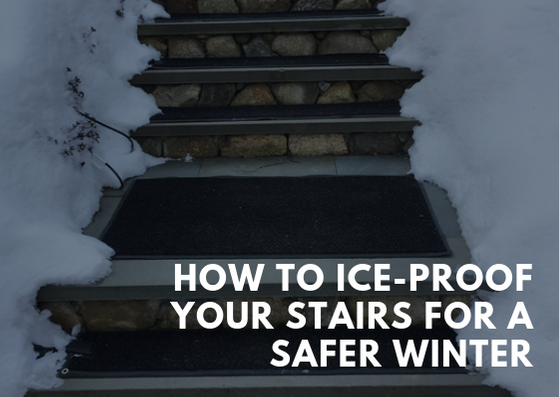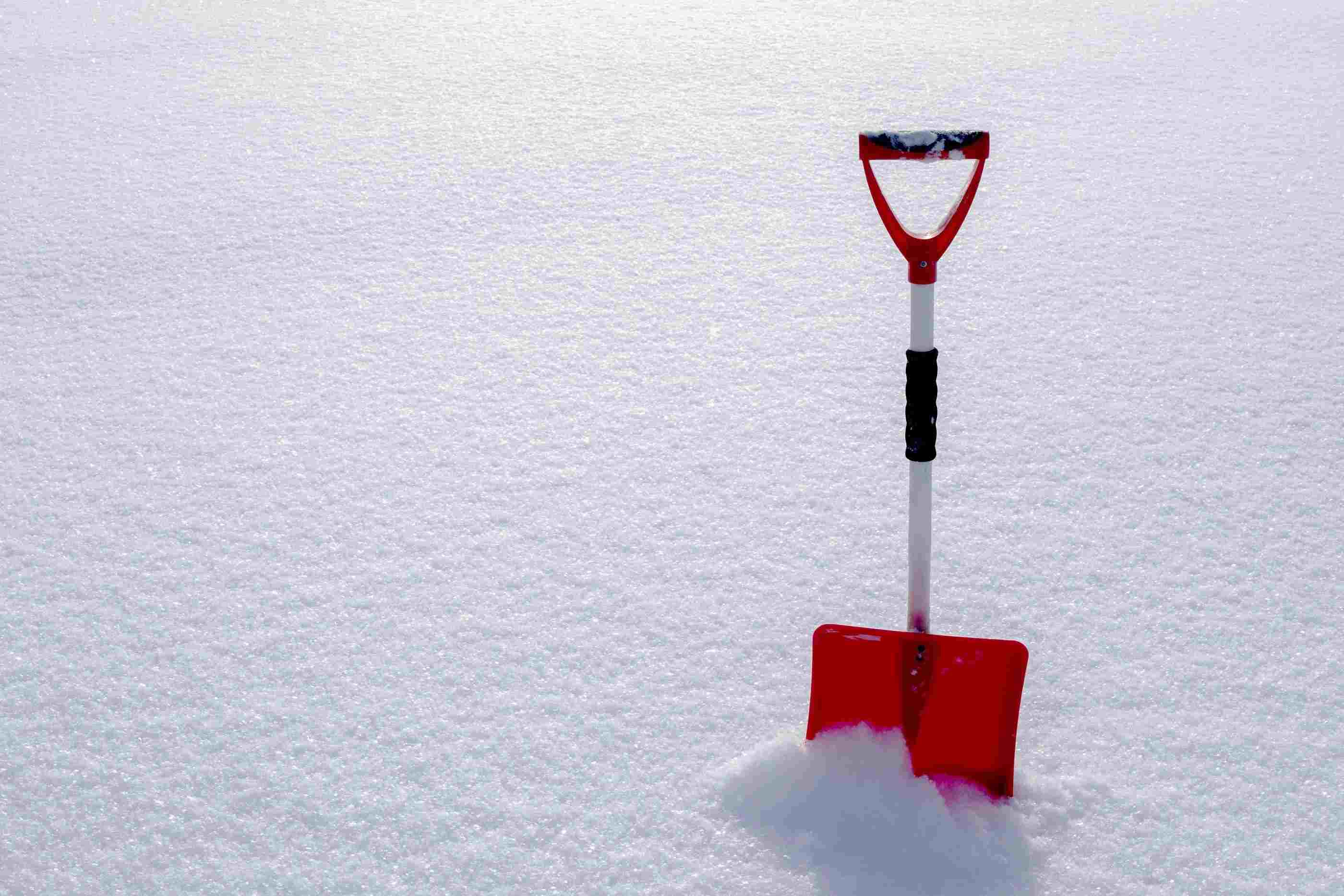
There are lots of great things about winter: warming up by a hot fire, watching the game, and sipping a piping cup of hot cocoa. Plus, when it’s snowing out...you don’t have to mow the lawn!
But that doesn't mean it's all fun and games. For many people, winter means it's time to crack out the salt, shovel, and snowblower and get to work clearing that magical, gorgeous snow from their driveways – after all, most of us need to get to work, and can't cuddle up under the covers watching the snow fall all day!
But have you ever wondered how your chosen method of removing snow and ice from your concrete driveway affects the environment? We've put together a list of snow removal methods that will not only clear your driveway, but clear your conscience as well, knowing that you're clearing off your driveways in an eco-friendly fashion.
Avoiding Salt
Let's get started by discussing what to stay away from: salt.
Salt is amazing, it can enhance the flavor of your food and can also melt the ice that's freezing over your driveway. But it’s not all good. Did you know that in addition to harming the concrete and your car, de-icing salt from your driveway is also harming the environment?
If salt gets on your lawn or garden, it will absorb moisture from the greenery, causing long-term damage. If you have a pet, or if there are pets in the neighborhood, the salt can get stuck in their paws, which can dry out their skin, and can cause cracking or other damage to them as well.
Salt will also cause damage to the body of your car and cause cracks in your concrete driveway, which will force you to cough up some expensive driveway repairs after the snow melts.
Eco-Friendly Methods to Embrace
So now that we know what to avoid, let's take a look at the positive side and see what eco-friendly methods will work best.
1. Shovel your driveway
There's nothing like some good old-fashioned hard work to get that concrete driveway cleared of snow and ice. Depending on how big your property is this can take anywhere from a few minutes to a few hours. Plus, with all the snow that you shovel onto the side of your driveway, you'll have an instant snow fort just waiting for the next round of snowball fights with the neighbors.
NOTE: Don't use a metal blade as after time, it can cause abrasion, and ruin your concrete.
2. Snow blow the snow away
If backbreaking labor isn’t your cup of tea, then you might want to invest in an electric snow blower. It's best to avoid gas powered ones, which put all sorts of pollution into the air.
3. Obliterate slips with sand
Icy driveways are no laughing matter; you can slip getting in or out of your car, someone else can slip and fall on your property, or your car can skid while you're driving in or out of the driveway. Shoveling and snowblowing are great for clearing the snow, but they will usually still leave you with an icy patch of concrete. One easy-to-use solution is sand, which won't melt the ice, but it will give people better traction and prevent a slippery fall.
NOTE: Not all sand is created equal. You'll want to make sure to get very grainy sand that will cut into the ice, and provide you with the traction you need. All-purpose sand is much finer and can actually make the ice even more slippery.
The downside to using sand is it has to be reapplied often, because as people walk or drive over it, it can get kicked away or ground into the snow and ice.
4. Stay clear and safe with a radiant heating
Want to know how to avoid all of the above? Want an environmentally-friendly way of removing snow from your driveways that involve you staying inside and simply flipping a switch?
From the comfort of your cozy home, you can turn on and off the radiant flooring in your driveway with an energy-saving remote control. Give the heated driveway just a few minutes to work, and the snow and ice will melt instantly. This is certainly not your most affordable option (on the contrary), and is ideal if you're building a new driveway or prepared to tear up your old one in order to install the heating coils (and then relay the concrete).
5. Save money with heated mats
Unlike a heated driveway, with a heated mat, there is no installation needed and you can expect an ice-free and snow-free concrete driveway at just a fraction of the cost.
While the driveway mat does use some electricity, it's used only on an as-needed basis. And as you can imagine, it's much better for the environment than using chemicals and salt to de-ice your property.
So the next time the snow starts to fall and the concrete begins to freeze over, you can choose which of these eco-friendly methods work best for you.


